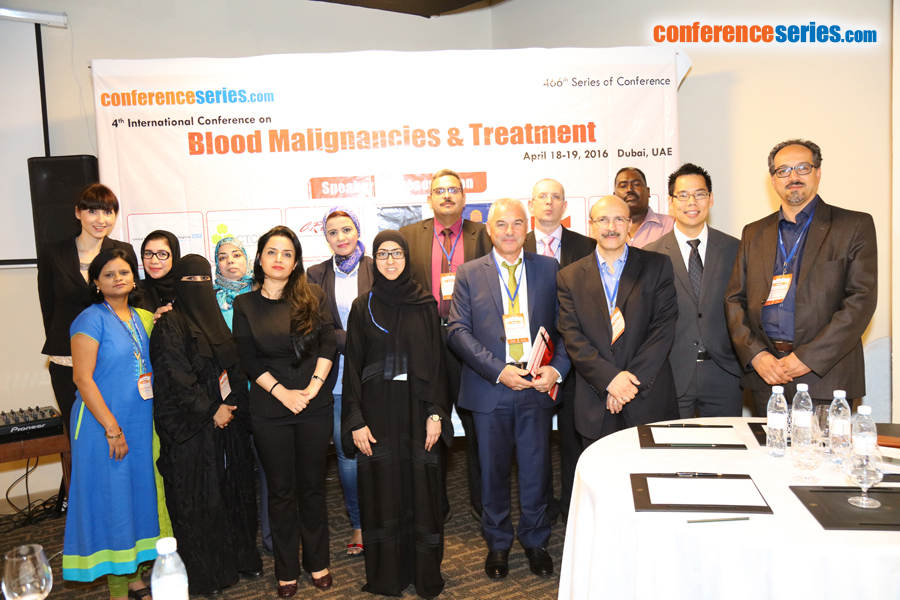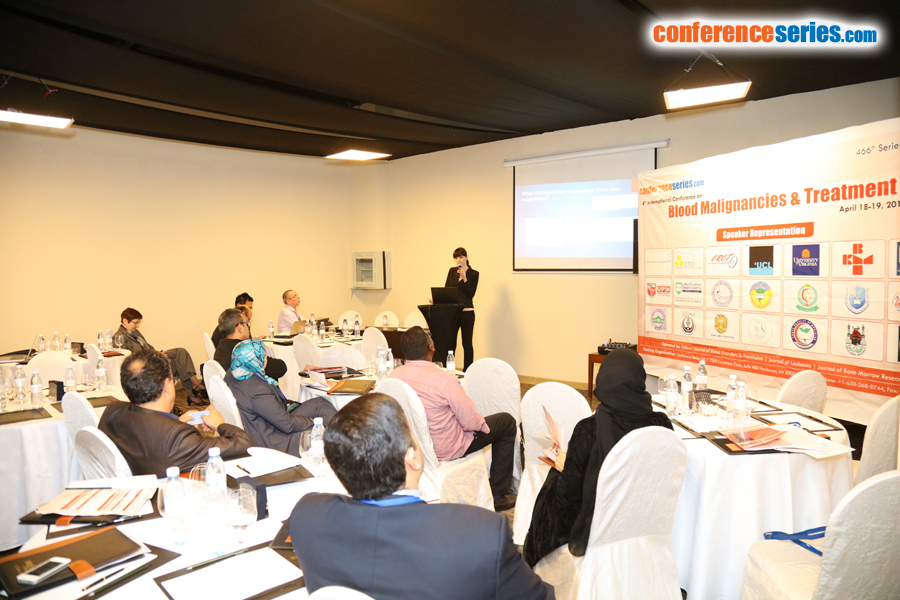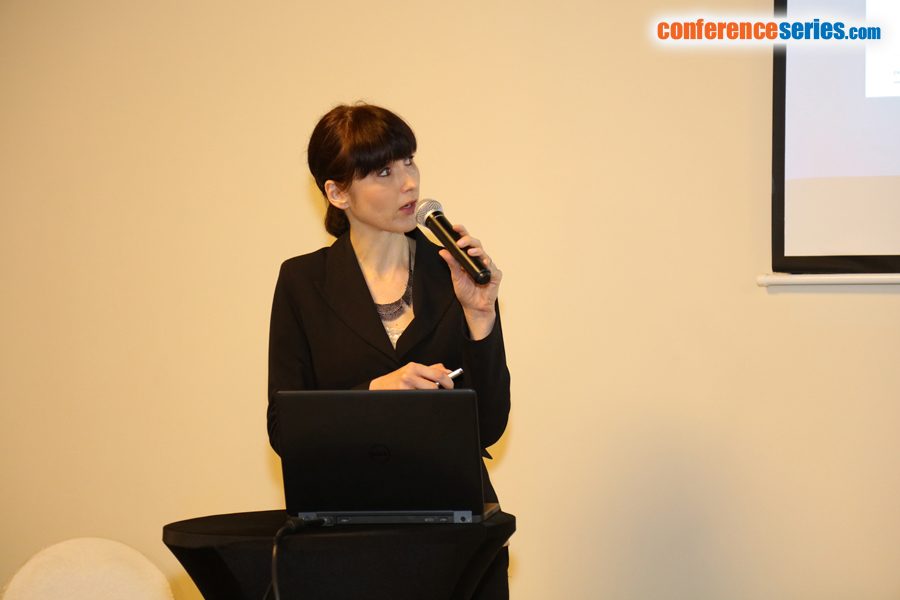
Inga Mandac Rogulj
Clinical Hospital Merkur,Europe
Title: Management of higher risk myelodysplastic syndrome
Biography
Biography: Inga Mandac Rogulj
Abstract
Higher risk myelodysplastic syndromes (MDS) include patients in the Intermediate-2 and high-risk categories of the International Prognostic Scoring System and are associated with excess blasts, poor-risk cytogenetics and multiple cytopenias. Survival in untreated higher-risk MDS patients is 6 months following diagnosis, and for that reason the goal of therapy is to prolong survival and delay progression to acute myeloid leukemia. At present time, different guidelines recommend initial treatment with one of the hypomethylating agents (HMA), azacitidine or decitabine. Only azacitidine has been shown to prolong survival in comparison to conventional care regimens, but results have shown that the median survival advantage is only 9,5 months. Among patients with initial responses to HMAs, the median response duration is 9-15 months. Many data indicate that as many as 40% of patients do not respond to treatment or subsequently relapse. After HMA failure, no standard of care has been defined, and many combination treatment strategies have shown variety results. Suggested treatment options for HMA failure include allogeneic stem cell transplantation (in case of eligible patient), addition of other drugs to HMA, enrollment in clinical trials if available or best supportive care. Patients who progress to AML should be offered intensive chemotherapy, but data suggest poor response rates. Allogeneic SCT is the only treatment option with a possibility of cure in front line or for relapsed/refractory HR-MDS suitable patients . In conclusion, HR-MDS patients who face a poor prognosis, need new treatment options to improve their outcomes.



